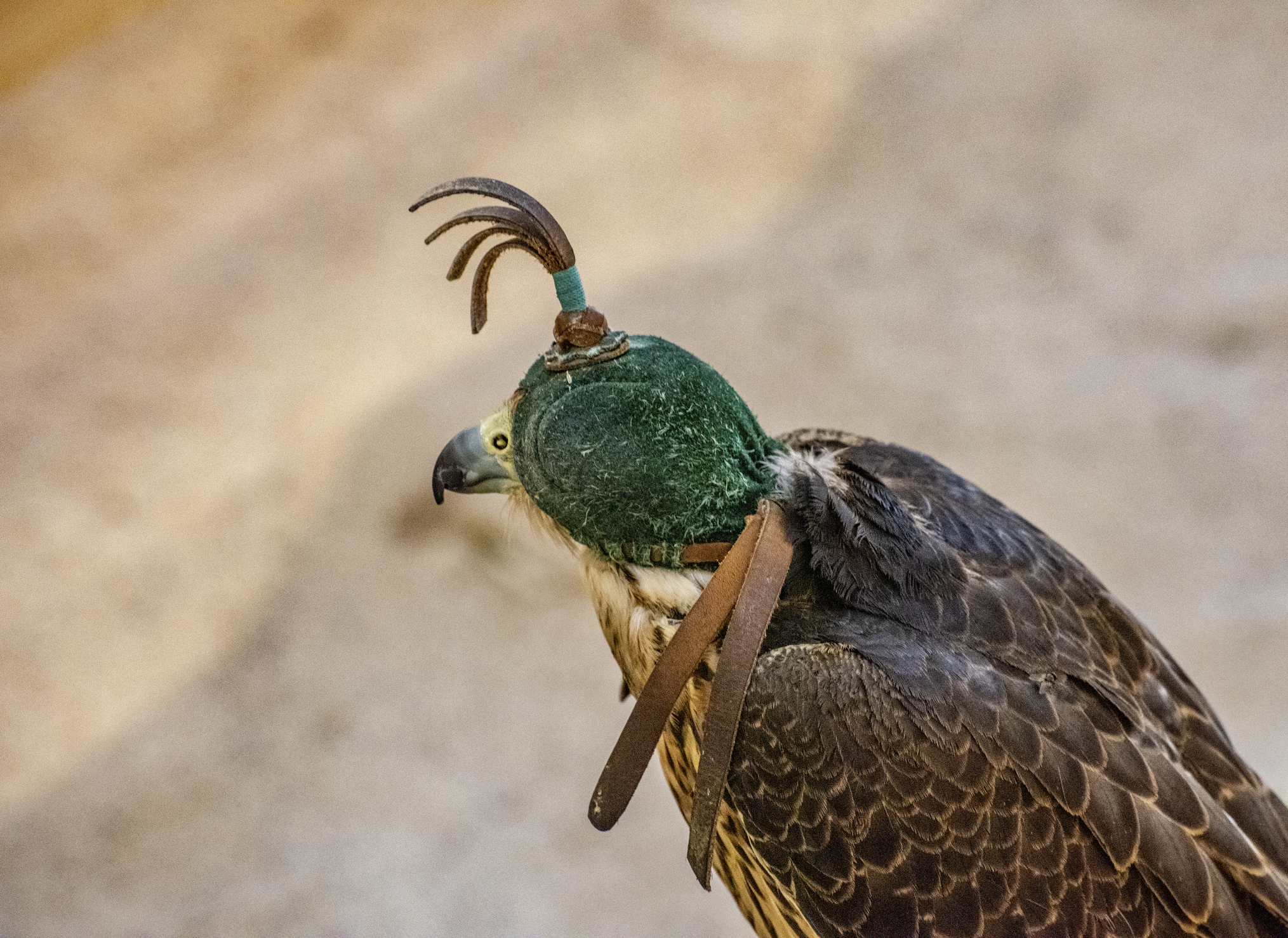Falconry, also known as hawking, is the art of hunting using trained birds of prey. This ancient practice dates back to thousands of years ago, and it has its own unique vocabulary of terms that are important to understand for anyone interested in learning about or practicing falconry. In this blog post, we will discuss some of the most important falconry terms.
- Falconer – A person who practices falconry is called a falconer. Falconry is an ancient and complex discipline that requires a great deal of knowledge, patience, and skill.
- Raptor – A raptor is a bird of prey, such as a falcon, hawk, or eagle. These birds are used in falconry because of their natural hunting abilities.
- Hunting – Hunting is the ultimate goal of falconry. The bird of prey is trained to hunt and capture prey, which is then retrieved by the falconer.
- Prey – Prey refers to the animals that the bird of prey is trained to hunt. This can include rabbits, squirrels, birds, and other small mammals.
- Eyass – An eyass is a young falcon that has not yet fledged, or learned to fly. These birds are typically taken from nests to be trained for falconry.
- Mews – A mews is a building or shelter where the bird of prey is kept when not hunting. The mews should be spacious, clean, and well-ventilated to keep the bird healthy and comfortable.
- Jesses – Jesses are leather straps that are attached to the bird’s legs. They are used to tether the bird to a perch or glove.
- Hood – A hood is a leather cap that is placed over the bird’s head to calm it and protect its eyes during transport or when not hunting.
- Bells – Bells are attached to the bird’s legs or tail to help the falconer locate the bird when it is flying or hunting.
- Creance – A creance is a long line that is used to train the bird to fly and hunt. The falconer holds one end of the creance while the bird flies at the other end.
- Lure – A lure is a decoy that is used to train the bird to fly and hunt. The lure is typically a piece of meat or feathered object that the bird is trained to chase and capture.
- Imping – Imping is the process of repairing a broken feather by attaching a new feather in its place. This is done to ensure that the bird can fly and hunt effectively.
- Hoodwink – Hoodwinking is the process of training the bird to accept the hood over its head. The bird must be hoodwinked before it can be transported or kept in a mews.
- Flying Weight – Flying weight refers to the weight of the bird when it is ready to fly and hunt. The falconer must monitor the bird’s weight carefully to ensure that it is healthy and able to hunt effectively.
- Aylmeri Jesses – Aylmeri jesses are a type of leather strap that is used to tether the bird to the falconer’s glove. These jesses are designed to be more comfortable for the bird than traditional jesses.
- Bate – Bating is when the bird tries to fly off the falconer’s glove or perch. This can happen if the bird is spooked or if it is hungry and wants to hunt.
- Weathering – Weathering is the process of allowing the bird to fly freely outside of the mews to exercise and strengthen its wings.
